My Favorite “Discoveries”
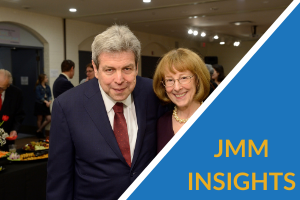
A blog post by JMM Executive Director Marvin Pinkert. You can read more posts by Marvin here.
Ask a museum fanatic what the best part of working for a museum is and I’ll give you odds the answer will be a variation of “it’s the opportunity to discover something new every day”. Today I complete 32 and ¼ years of working for museums which by my calculation would entitle me to 11,771 “aha” moments. I have relished every one of them.
Now, to be clear, not every one of these moments was like discovering a new planet. But “discovery”, like “beauty” is in the eye of the beholder. After all, even Columbus’ discovery of an inhabited New World, was scarcely news to the Taino natives who had been living there for millennia. And apples had been finding their way to the ground, for millions of years, before Newton discovered gravity So I’m using the term “discovery” to describe insights and realizations that were news to me … you may have known about them since childhood!
With that caveat, I’d like to close my tenure at JMM by sharing a baker’s dozen of my favorite discoveries.
Speaking of baking, some of my earliest discoveries at JMM involved food. Like many discoveries on this list, this one was made while preparing a talk related to an exhibit, in this instance Chosen Food.
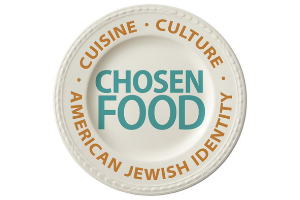
In doing some quick research I found a reference to the Jewish origin of England’s national dish: fish and chips. An enterprising Jewish merchant, Joseph Malin, is credited with opening the first fish and chips shop in London in 1860, building on a long tradition of Jewish fish fry. Even Thomas Jefferson wrote about a delicious meal he enjoyed in England of “fish cooked in the Jewish style.” Of course, the stories about food origins went both ways. Take “bagels, lox and creamed cheese” for example, what could be more Jewish than that. Except for the fact that lox comes from Scandinavia, bagels from China by way of Italy, and the particular combo of lox, bagels and cream cheese was actually popularized in the 1950s by the Baptist family of JL Kraft who took a treat virtually unknown outside New York City and made it a national dish (in pursuit of the interests of Philadelphia brand cream cheese … which was actually never made in Philadelphia).
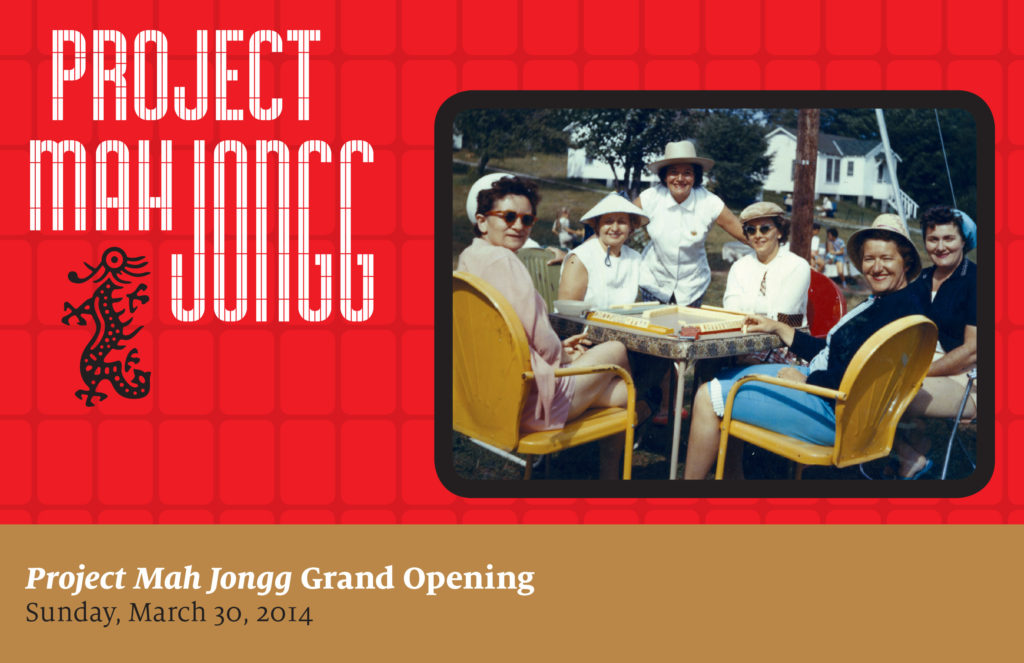
Some discoveries have shocked me to the core. For a presentation on the history of Jews and games (in conjunction with our Project Mah Jongg exhibit) I wound up doing a little research on dreidels. I was shocked to learn that the true origin of the dreidel was from a German spinning top called a “trundl” which in turn was based on a popular 16th century English Christmas toy called a “teetotum”. All the bit about hiding their religious books and pretending to gamble to avoid retribution from Greek authorities was as mythic as the Red Nosed Reindeer invented for Montgomery Ward by a Jewish writer.
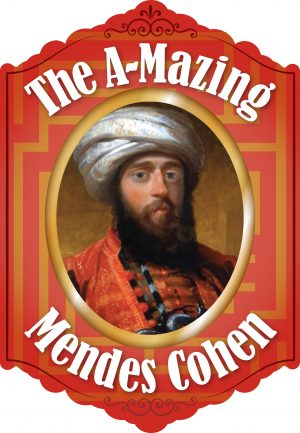
Other discoveries made me happy to be dead wrong. While working on the Mendes Cohen exhibit, I became a bit obsessed with the question of whether Mendes had any living relatives. I even traveled to West Virginia to hunt down leads on his family tree. I concluded that none of Mendes’ siblings had living descendants and we prepared an exhibit panel sharing this “fact.” Genealogist Dick Goldman refused to give up, discovering that Mendes great-great nephew Alan Cohen III had changed his name to Clarke after converting to Catholicism. Moreover Mr. Clarke’s grandson, Ronald Brown, still lived near Baltimore! I had the privilege of giving Mr. Brown a tour of the exhibit on the last day it was open to the public.
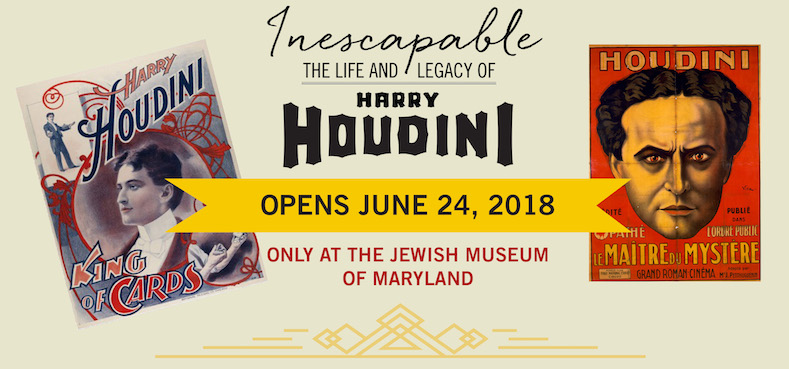
In fact many of the most surprising discoveries involved “relative”-ity. One of my favorite examples was Maryland’s Secretary of State John Wobensmith. We were a little surprised when he accepted our invitation to attend the opening of Inescapable: The Life and Legacy of Harry Houdini. But what really piqued my curiosity was that he walked into the event carrying a thick folder of papers. Midway through the evening he approached me to explain that his grandfather had been Houdini’s patent attorney and this was correspondence he had saved. He invited me to come to his office and examine a trove of memorabilia from his grandfather, who it turned out was much more than a patent attorney, but also a master magician in his own right and a collaborator with Houdini in the unmasking of fake spiritual mediums.

Scrap Yard brought the discovery of relatives much closer to home. Not only did I learn a lot about my family in preparing for the exhibit, but it’s opening month happened to coincide with the wedding of my Baltimore cousin Sam Novey… bringing a number of long lost (at least to me) cousins to the city and the JMM. Among our visitors was a cousin who had moved to Edinburgh. Listening to her young son ask his “mum” whether the picture in the exhibit of my great-uncle Harry was the same one that was in his mum’s bedroom in Scotland is a moment I will not soon forget.
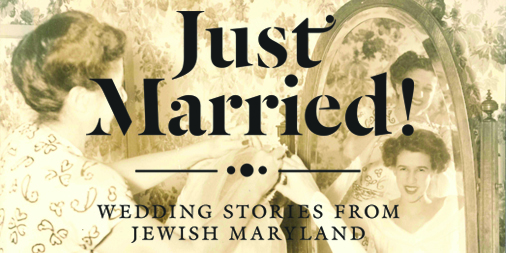
Indeed, one of my favorite parts of my work at JMM was finding unusual connections between Baltimore and the global Jewish story. From Iraq to Colombia to Australia, our “regulars” at JMM programs and exhibits have come to expect globetrotting with a Baltimore twist. I am sure that many were still amazed to see the beautiful Chinese ketuba in the Just Married exhibit commemorating the marriage of Shanghai refugees (and later Baltimore residents) William Kurz and Selma Hirschfeld.
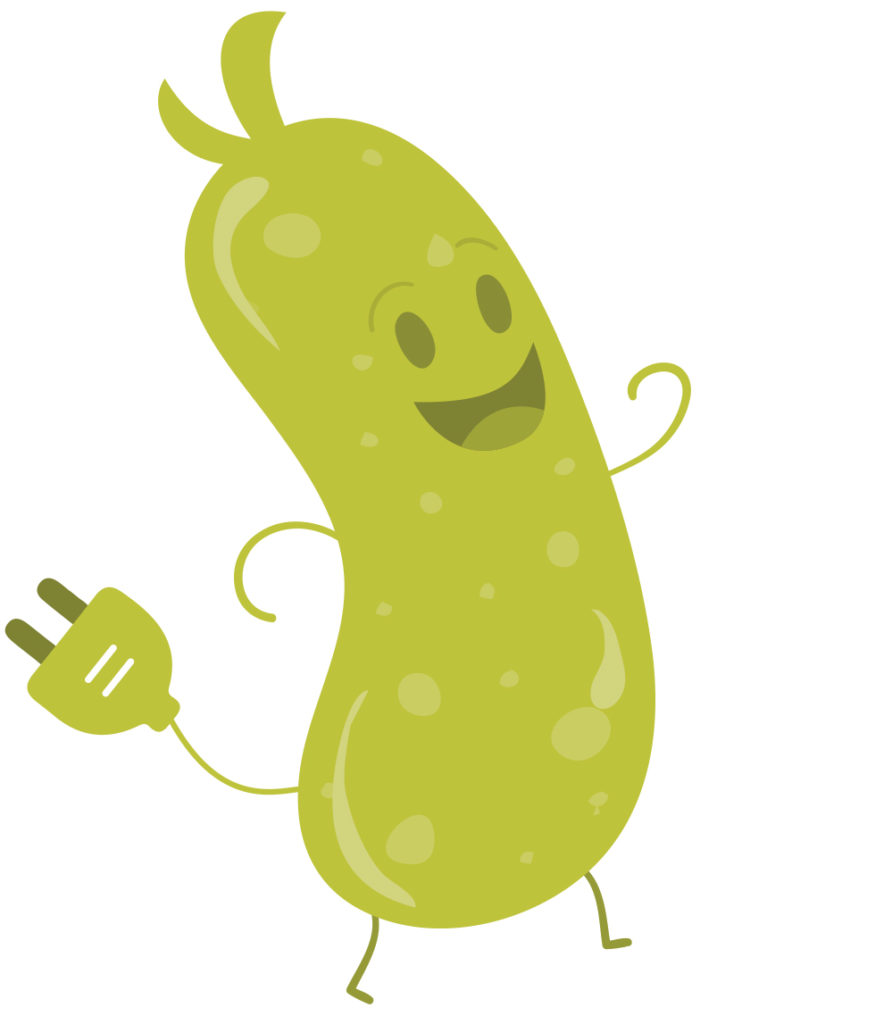
At least one discovery was truly horrifying. For the very short-lived Electrified Pickle exhibit (on Jewish innovators in technology), we invited visitors to observe the experiment that gave the exhibit its name. We used a pickle to complete a circuit, making both a light bulb and the pickle glow. Unfortunately, a side effect of this process is the aroma of a burning pickle… an exceedingly unpleasant smell, which took us the better part of a week to get out of the Museum.

And it often happens that one discovery leads to another. This was certainly true in the cases of Lazarus Goldheim and Tom Glazer. Mr. Goldheim was a sutler (traveling merchant) in the Civil War. Look him up on the web and you are likely to find him listed as a “Confederate” sutler. His sutler tokens are labeled “1st Virginia Cavalry”, which would seem to confirm this… except that a divided state of Virginia fought on both sides of the war and Goldheim’s wagon was attached to the Union’s 1st Virginia cavalry. My interest in Goldheim made me curious about what happened to him after the war. It turns out he came back to Baltimore and went into the liquor business, joined in the 1870’s by son-in-law Philip Lobe. Philip introduces a new beverage called “Ram’s Horn Rye”, a liquor named for a shofar.
Tom Glazer came to my attention by an even more obscure path. I had been researching the history of Paul Simon’s “An American Tune,” learning that the music was a variation on St. Matthew’s Passion by J.S. Bach. In a footnote, I noticed a reference to another song based on this melody – “All Men are Brothers” by Tom Glazer. It turns out that Glazer was a pioneer in the folk music revival of the postwar period. His father died in the Spanish flu pandemic and he was raised in Philadelphia’s Hebrew Orphan Home. He caught a big break when Eleanor Roosevelt invited him to play “All Men are Brothers” at the White House. I used this song to conclude my lecture on Jews and folk music and to this day I am reduced to tears every time I hear it.
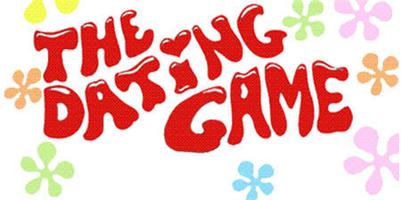
My favorite discovery came early in my tenure at JMM. I was preparing a PowerPoint for an activity we called the “Dating Game” (cue the Herb Alpert music)… and no, it was not about that type of date, it was about guessing the date of obscure objects in our collection. So first I had to find some suitably obscure items. I thought the best way to do this would be to enter the names of some obsolete goods into the search field in our database.
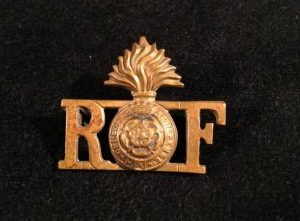
One of the first terms I tried was “tie pin”, but what showed up on the screen was nothing like any tie pin I had ever seen. It was the size of a belt buckle and in the shape of the letters “RF”. Exploring further I discovered that it was a pin for a tie around a hat… a hat belonging to the Royal Fusilers. But what was part of a hat from a British military unit doing in JMM’s Jewish Maryland collections. This was the point when I learned that the unit of the Royal Fusilers known as the Jewish Legion had recruited in Baltimore during WWI… a fact now familiar to regular readers of our blog posts and newsletters.
I am about to enter an undiscovered country. “The Undiscovered Country” is both a phrase from Hamlet referring to the afterlife (from which “no man returns”) and a title for Star Trek VI referring to an unknown future. All things being equal I am hoping for the latter. I wish for all of us many happy, healthy years ahead and many, many new discoveries.

